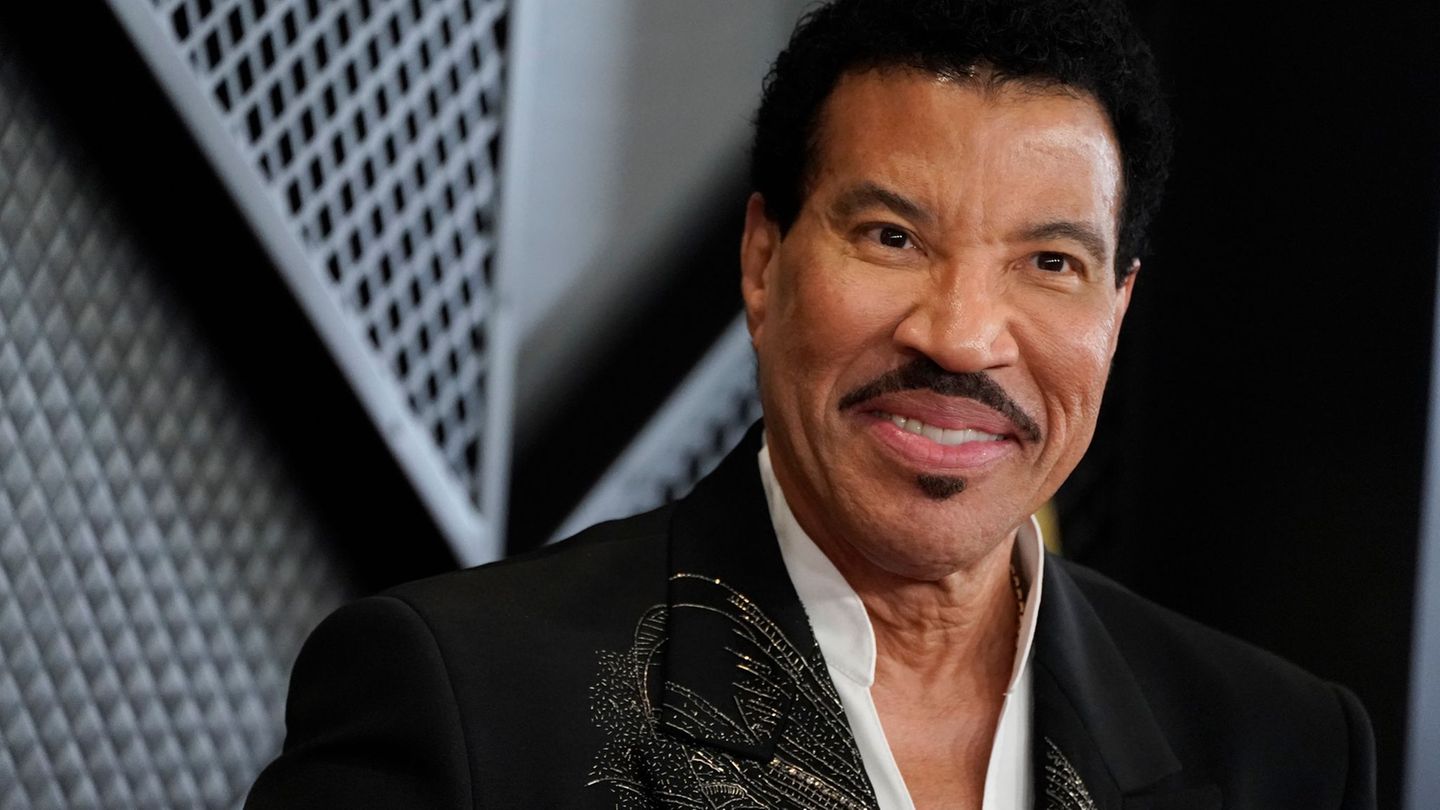India is the fifth largest economy in the world. Two German ministers are now in the country at the same time and are trying to strengthen the partnership.
An oversized poster hangs in the background: “Federal Minister Hubertus Heil, Welcome,” it says next to a portrait of the minister. Opposite, the ranks are full. Full of trained nurses who want to come to Germany. And they have many – not necessarily easy – questions for the Minister of Labor from Germany. Economics Minister Robert Habeck (Greens) also traveled to the huge country. The message: In Asia, Germany is not just looking at China.
The German language is a big concern for young people. They find that the language level required of nursing staff is too high. “I’ll take that with me, but I can’t promise anything. The requirement is so high for two reasons,” said Heil. “Once to ensure the quality of this special work, the care.” On the other hand, speaking the language is also important for integration into society.
The Goethe Center in Thiruvananthapuram says that around 90 percent of the trained nursing staff who want to come to Germany with the government’s “Triple Win” recruitment program are women. “Women play a very important role here when it comes to children and the household,” said teacher Chiara, who teaches the German language to the nurses at the Goethe Center in Thiruvananthapuram, southern India. “You’re putting all that behind you and you’re taking a huge risk. I think that will lead to great personal challenges.” A center must be set up to help the women on site in Germany, ideally in their mother tongue.
Everyone should benefit
“Triple-Win” means triple win. In contrast to the so-called guest workers, who were actively recruited in the 1960s and 1970s but were then largely left to their own devices, everyone involved should only benefit from the current migration.
“These are actually bigger challenges. That’s why I want all the more that we don’t just organize a special skilled labor strategy for India,” said Heil. “We also need a special integration perspective in our country – a culture of welcome, as they say. People have to feel comfortable with us, otherwise they’ll leave right away.”
Heil’s visit is part of a charm offensive by the federal government. India should be an important partner in ensuring that German companies expand delivery routes and that the German economy becomes less dependent on China. Habeck also wants to promote an energy partnership with India: And India currently holds the presidency of the G20 group, the most important industrialized and emerging countries. The main summit will take place in September in the capital, New Delhi.
strengthen exchange
Now Heil and Habeck are in the country at the same time. The goals? Attract skilled workers and investments. “We have made immigration easier in Germany,” Habeck said on Thursday in New Delhi. Laws have been changed. “A lot of Indian citizens, skilled workers, want to work in Germany. There are 200,000 Indians who are learning German. A large number of them certainly want to go to Germany, and it is a declared goal of the Modi government to strengthen and facilitate this exchange.”
Habeck was a guest at a German-Indian business forum on investments in India. India is considered a major growth market. Around 2000 German companies are currently active here – one of them is the company SFC Energy from near Munich. The company manufactures hydrogen-methanol fuel cells for power supply near New Delhi. SFC is cooperating with an Indian company that acts as a “door opener” for the market. Habeck said at the Economic Forum that he was also in India to listen and learn.
Because of their colonial past, it is important to the Indians that they are communicated with as equals. And that the Germans want to do that was emphasized by several ministers who visited the world’s fifth largest economic power this year. You rely on rapid growth. The International Monetary Fund (IMF) forecasts it to be 5.9 percent this year – more than other major economies but less than previous Indian growth rates.
The economy also has high hopes for a free trade agreement between the EU and India – but Habeck emphasized that the negotiations are complicated. That too has to do with the story that India is trying to protect its market.
Source: Stern




